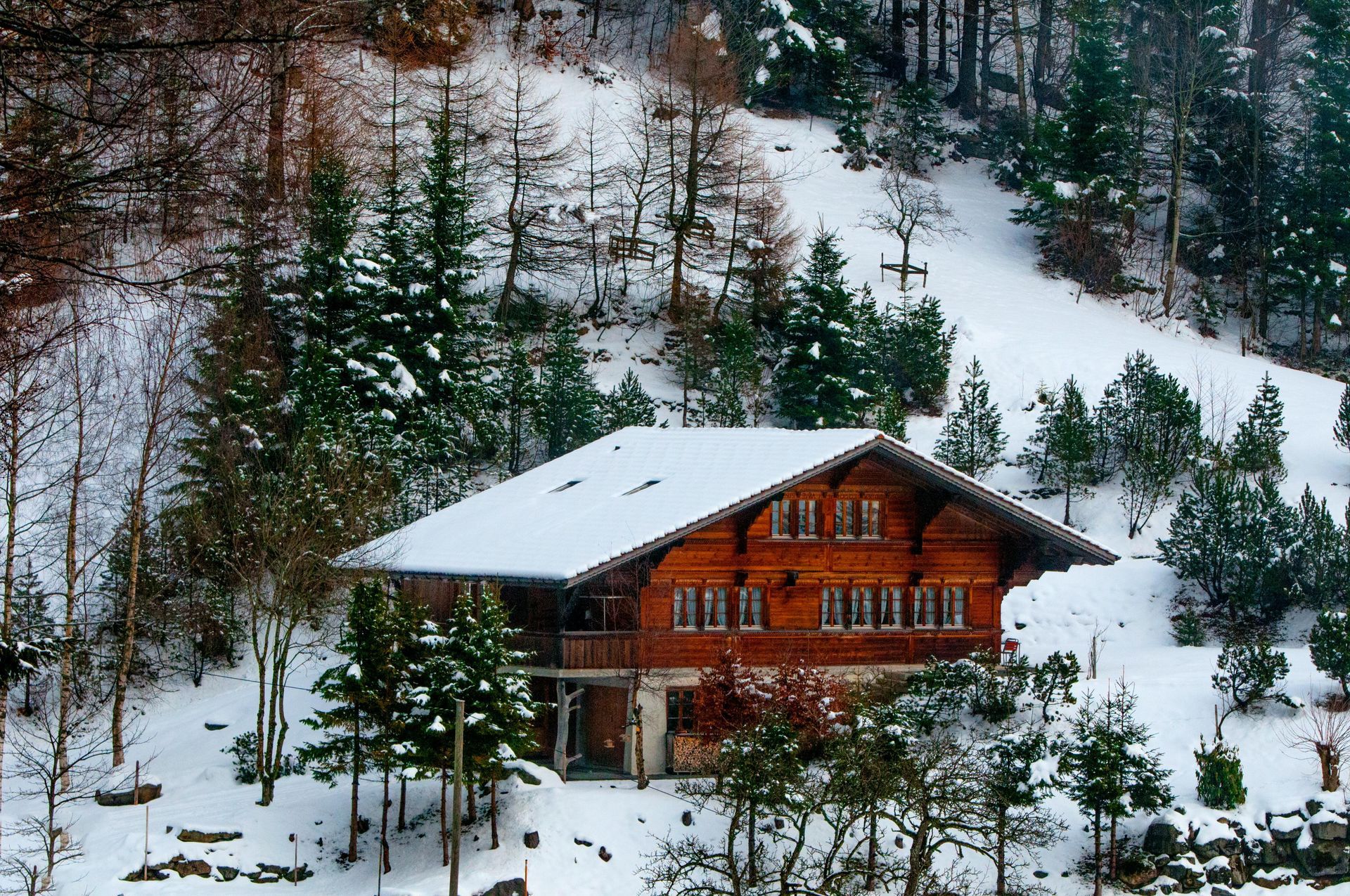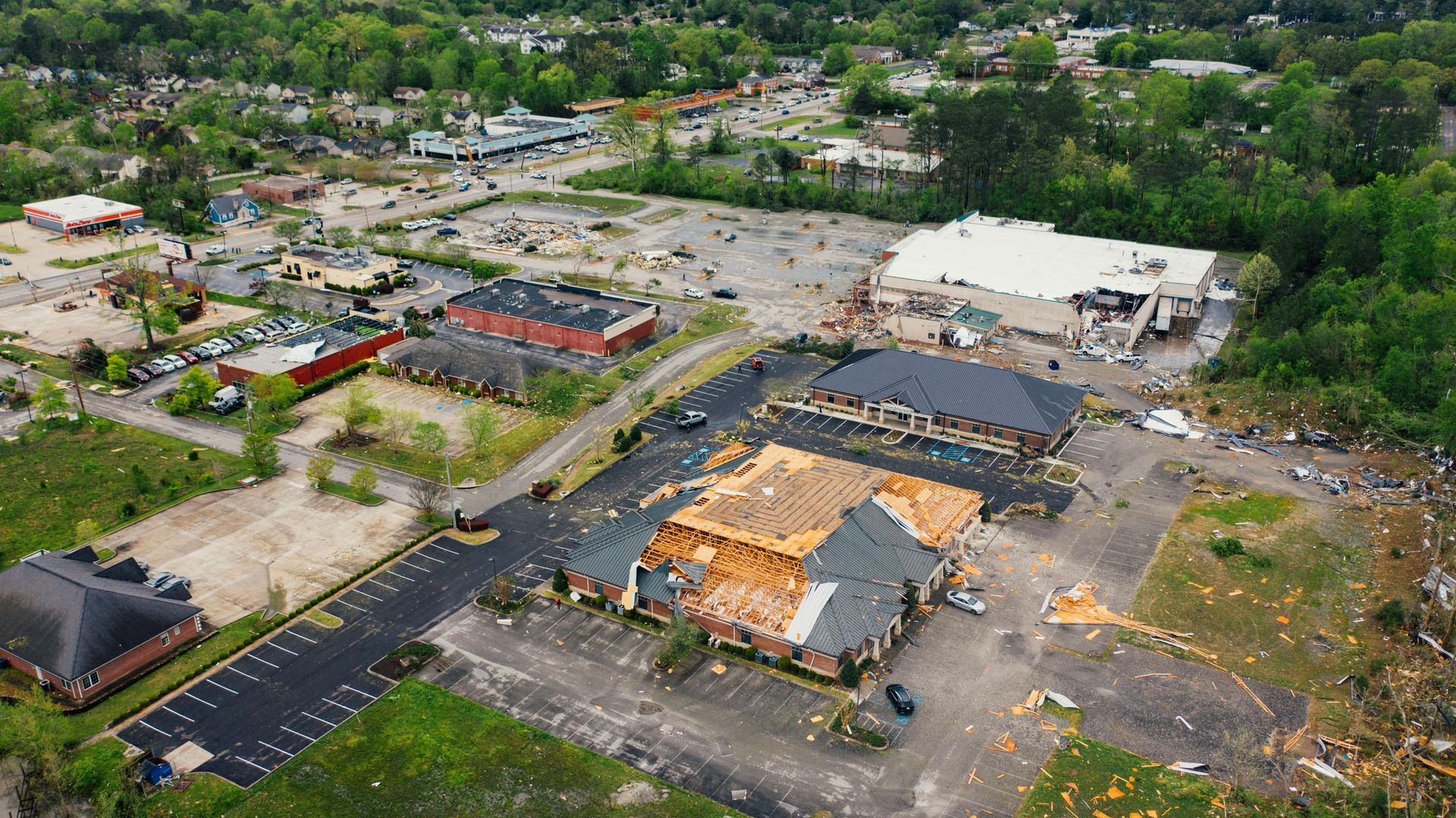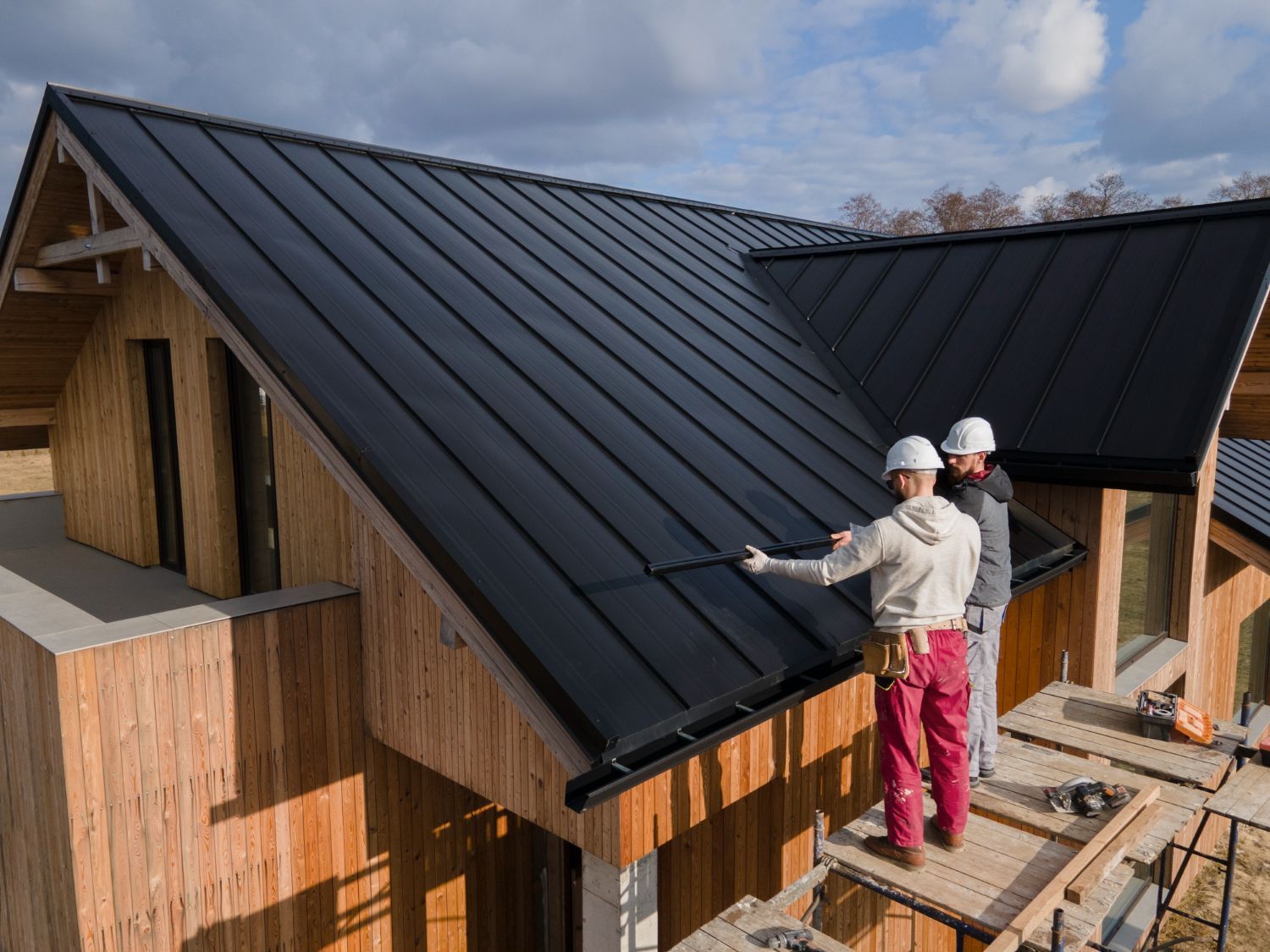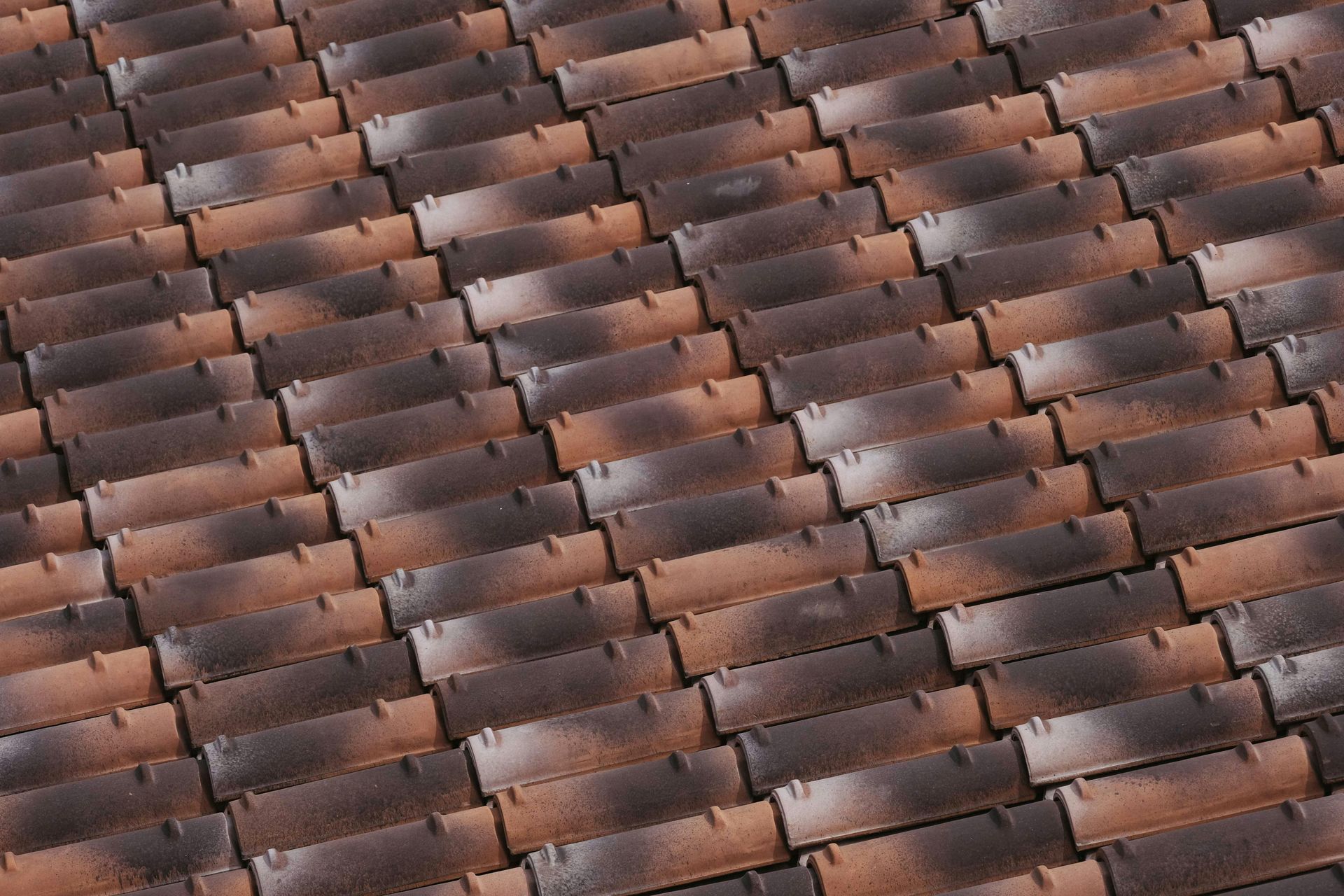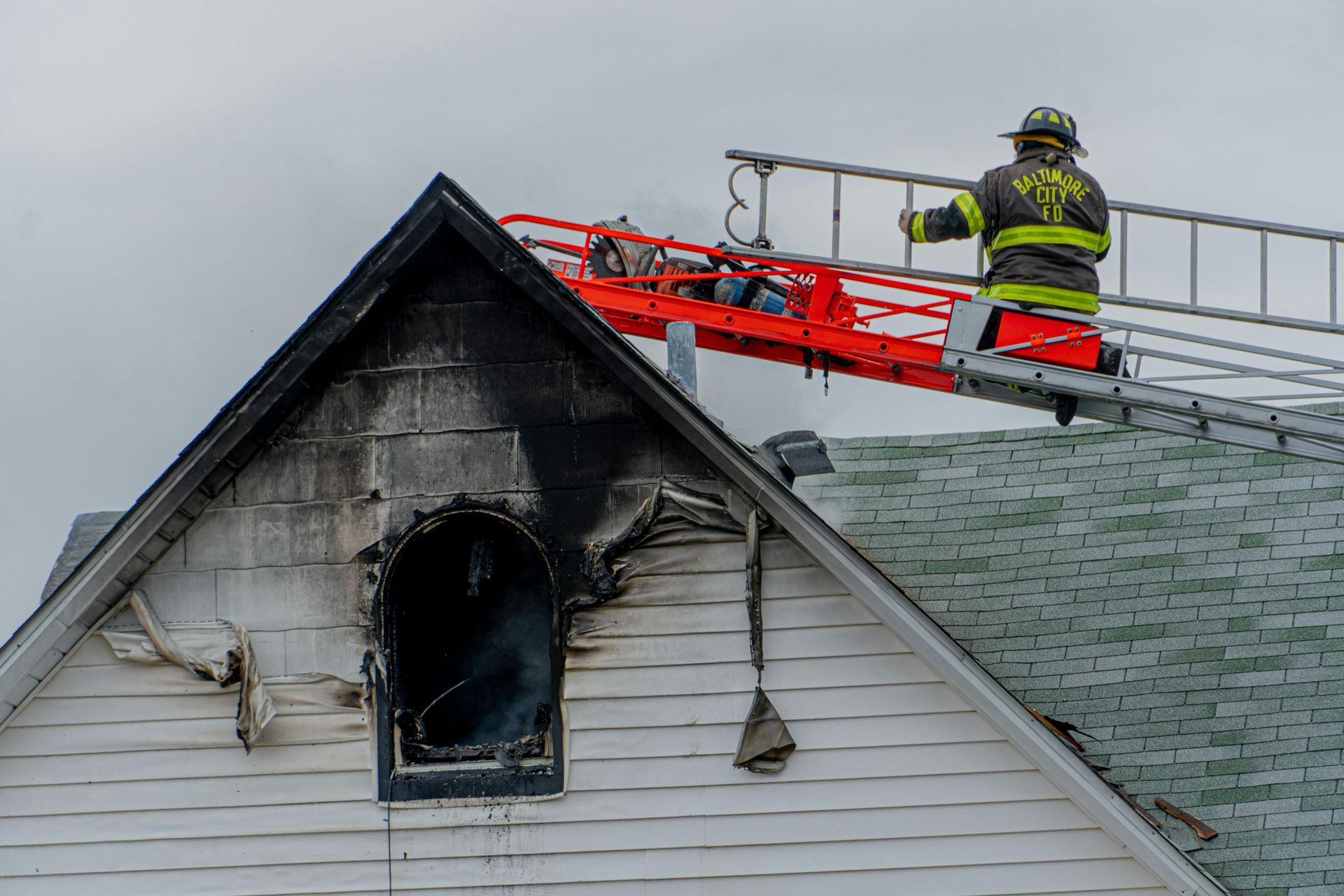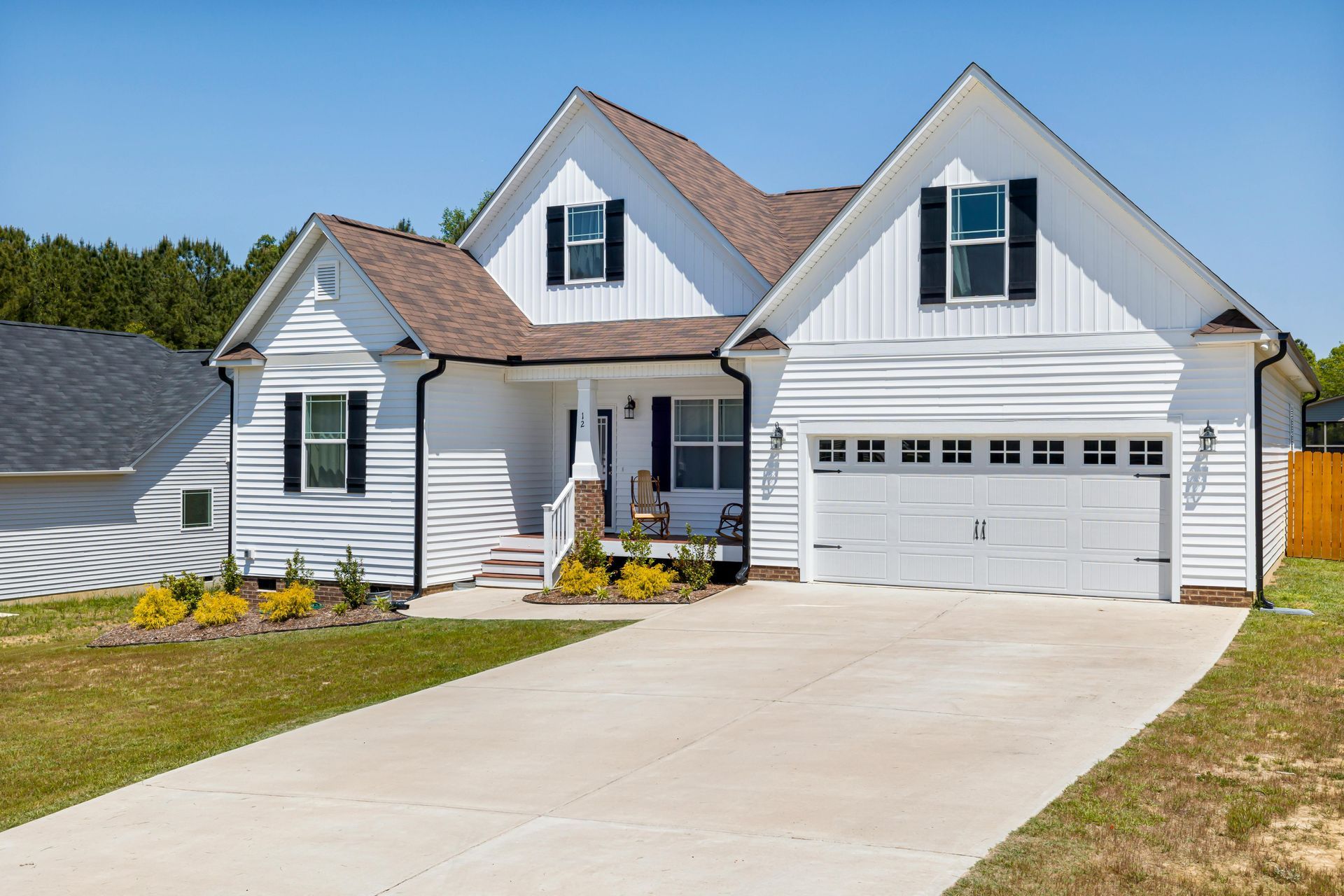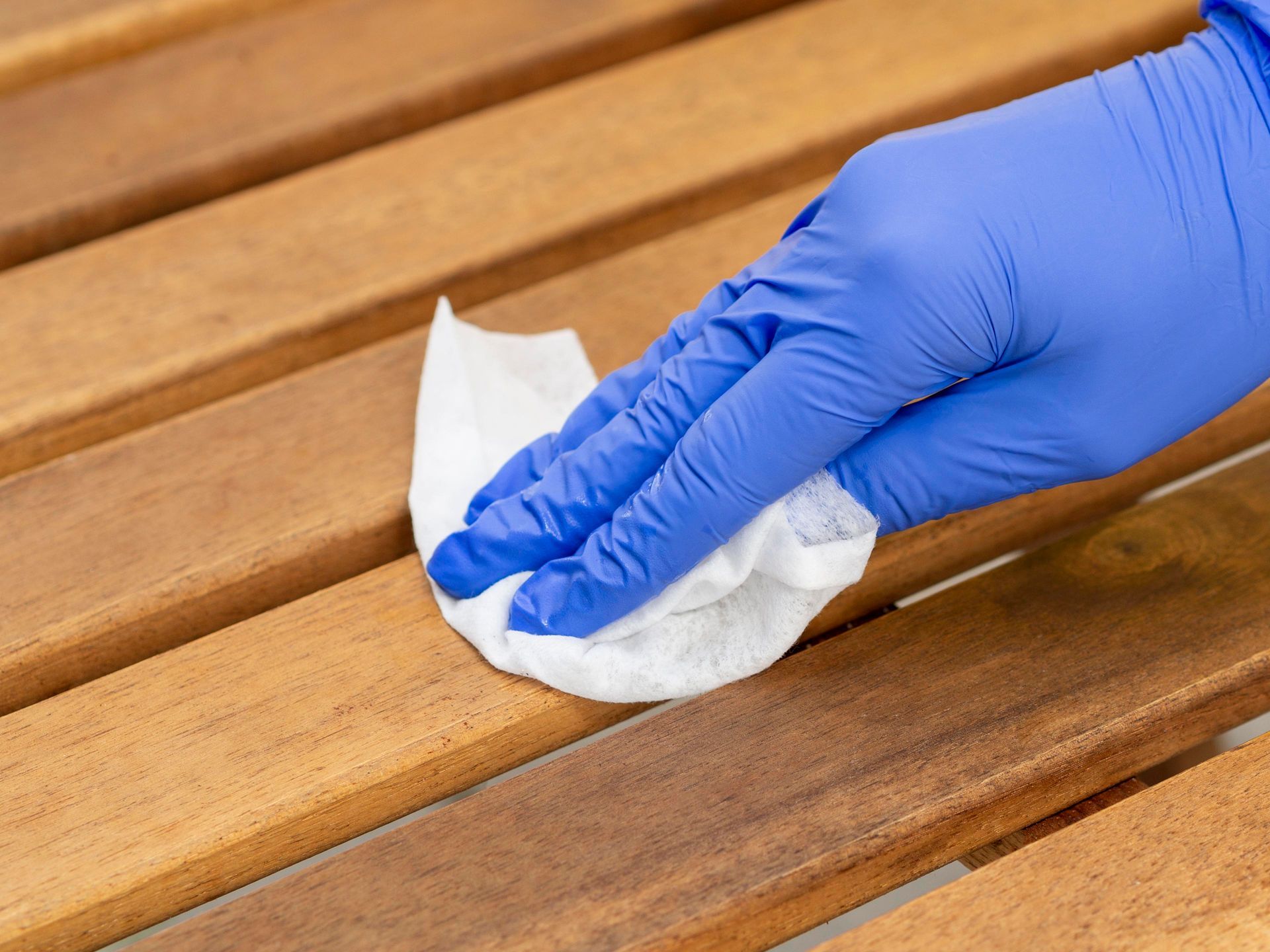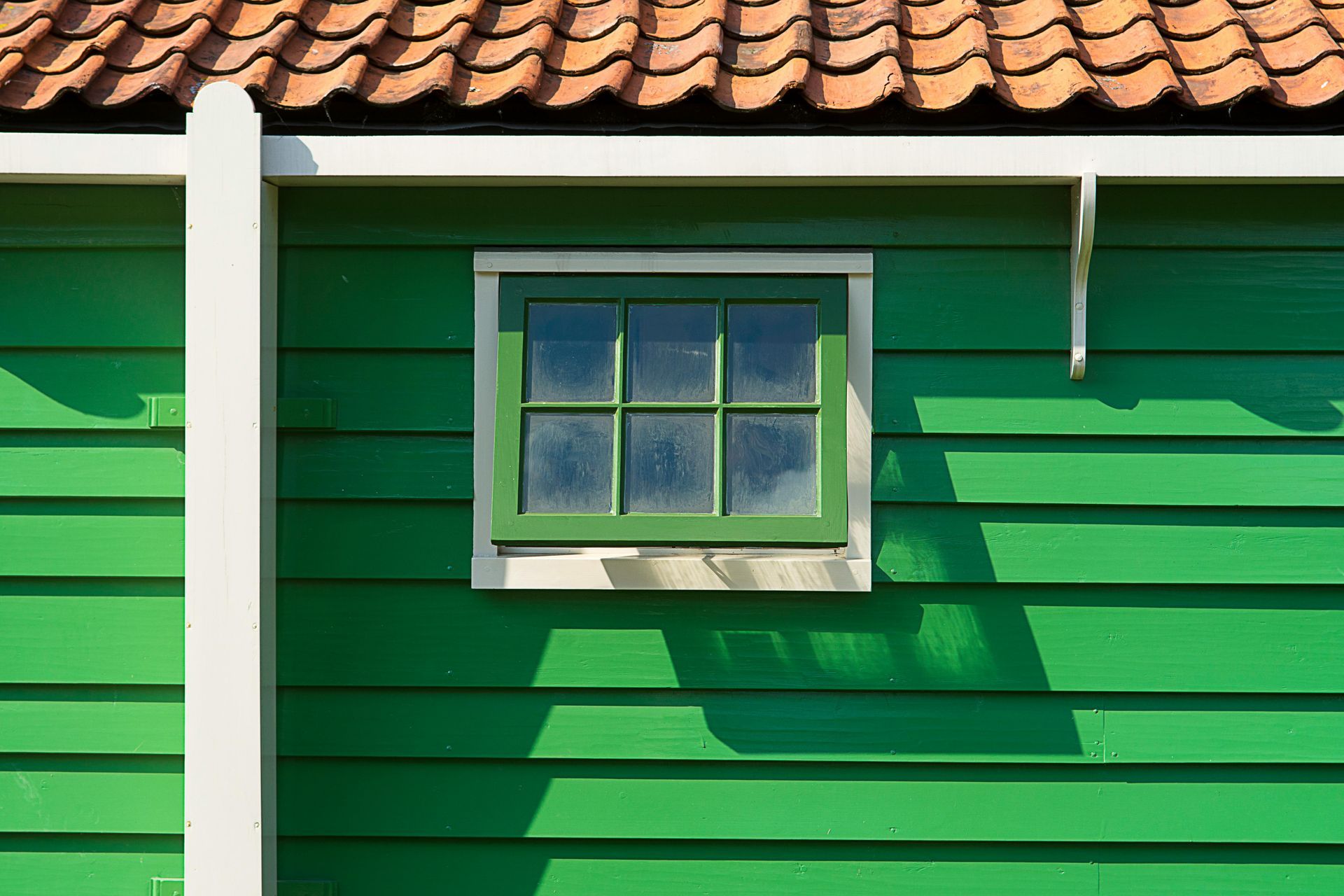Have Any Questions?
Contact us effortlessly through phone, email, or by filling out our convenient online form.
Get In Touch
Thank you for contacting us.
We will get back to you as soon as possible
We will get back to you as soon as possible
Oops, there was an error sending your message.
Please try again later
Please try again later
Contact Us

